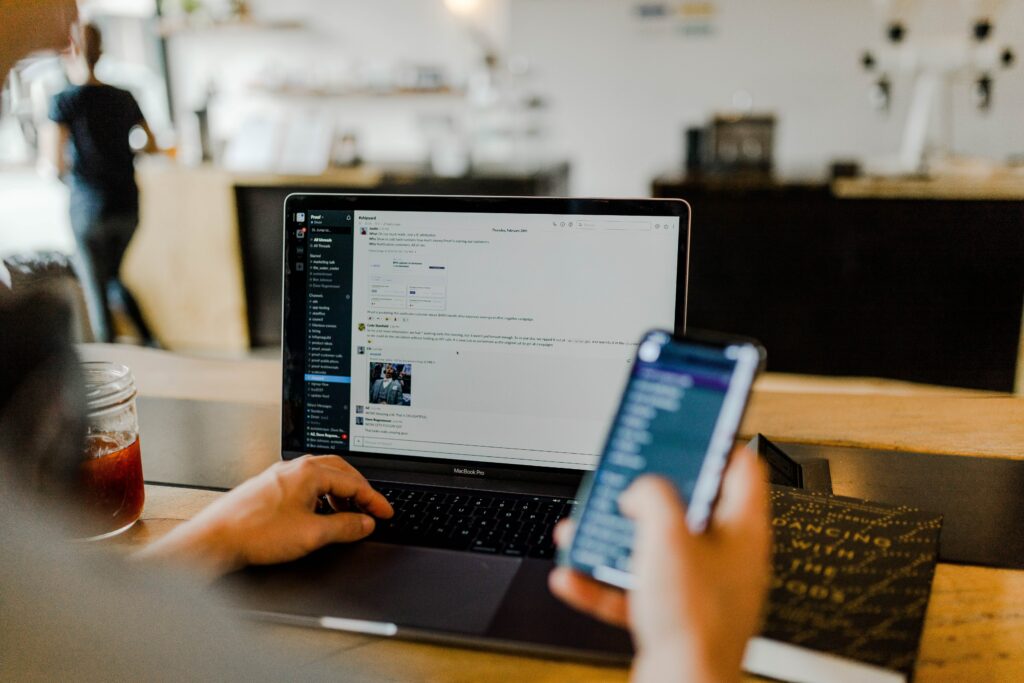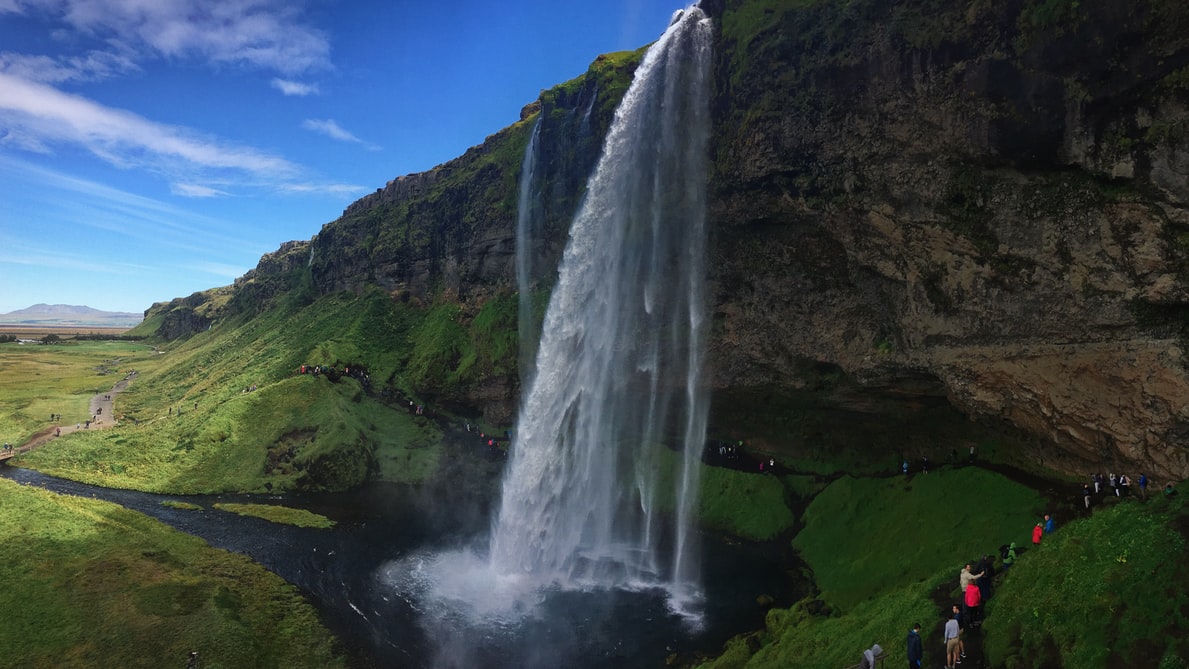Email marketing, especially for the travel industry, is still the best marketing tool and reigns supreme over social media and SEO. If you’re still wondering whether or not email marketing is for you, keep reading. By the end of this post, you’ll understand what email marketing is, how it helps guiding businesses, and how to start.
Table of Contents
How Can Email Marketing Help Your Business?

What’s email marketing?
Email marketing is a digital marketing strategy of sending marketing messages to your prospects and customers in order to achieve a certain goal. This goal could be booking more trips, driving more traffic to your website, or connecting with your current guests.
Through targeted emails, a tour operator can share enticing travel packages, exclusive deals, and captivating destination highlights. The goal is to not only inspire wanderlust but also to drive bookings and foster a sense of community with subscribers.
Whether it’s announcing new tour offerings, sharing travel tips, or providing personalized recommendations based on customer preferences, email marketing helps tour operators stay connected with their audience, build brand loyalty, and ultimately contribute to the success of their travel ventures.

How Can Email Marketing Help Your Business?
Billions of people throughout the world use email. Through email marketing, you can get your guiding company in front of all these people. It will significantly benefit to companies who adopt email marketing and do it well.
Email marketing is affordable
For every dollar you spend, you can get a return of about $42. Email marketing has a very high ROI. Many email service providers offer free versions or it’s very cheap monthly subscription. So what you spend to have an email service provider, you make up in sales it helps generate.
It’s more likely to drive bookings than social media marketing
According to Constant Contact, “60 percent of consumers say they’ve made a purchase as the result of a marketing email they received” and only 12.5% would consider pushing the ‘buy’ button on Instagram.
Email marketing saves you time
You can create an automated email series so you don’t have to go in and create a new email every time. We use it for our client onboarding. We created a month-long email series in order to streamline the onboarding process. It took some time to create the entire series but now it runs on automatic. When we have a new client, their contact information is automatically added to our list and go straight into the flow.
It builds customer loyalty
Email allows adventure tour companies to create a long-term relationship with their guests. You stay top of mind with your guests when you send them emails consistently. Also, by sending them content that’s educational, you provide something other operators might not. Or, you can make them feel extra special by sending them special offers for their birthday.

Email Marketing Strategy
“Strategy” doesn’t have to sound like an intimidating word. All it really means is a plan. You need to have an email marketing plan just like you plan guided trips. Otherwise, we’d all be aimlessly walking around the mountains, wondering what we’re supposed to do.
Step 1: Create SMART Goals
Specific addresses the who, what, when, where, why, and how. Measurable goals answer how you will know if you’ve achieved your goal. An achievable goal is a reasonable and realistic goal. Relevant goals are goals that matter to you and your guiding business. A timely goal has a deadline.
Step 2: Choose an email marketing platform
There are so many email marketing providers out there that it’s hard to narrow it down. Here are some that have made a name for themselves. Create a list of things you want to do through email and evaluate email service providers. Then pick the one the suits you best.
Step 3: Build and Organize Your Email Lists
To build your email list, create and add a signup form on your website. Remember to add a CTA (call to action) to tell website visitors to sign up. Once you have a list of emails, you need to segment your emails. This allows you to personalize your emails which will go a long way.
Step 4: Create an Email Campaign
This is likely the most involved and important part of your email marketing strategy: creating the email. First, decide what kind of email you are going to send.
Marketing Email
Sent to targeted groupings of your subscribers (sales, events, newsletters).
Lifecycle Email
Series of predefined emails depending on where your customer is within your sales funnel (welcome, thank you, feedback, loyalty).
Transactional Email
Triggered by an action taken by the user to help guide them through the sales funnel (booking confirmations, cart abandonment). If you’re using booking and scheduling software, these kinds of emails should be sent out for you. Ask your Reservation Technology or join Origin today.
Step 5: Test and Track
Want help with your email marketing strategy? We created a short eBook that walks you through how to create SMART goals, how to choose an email marketing platform, how to build and organize your email lists, how to create an email campaign, and what to test and track. Plus, we’ve added best practices for email marketing and an email marketing planning template to track emails and their stats.








